If you recognize a wood plane at first glance, chances are you’ve spent countless hours refining your craft, shaping wood with precision, and honoring a tradition that dates back centuries. A wood plane isn’t just a tool—it’s an extension of the woodworker’s hands, a testament to patience, and a symbol of mastery.
For those who appreciate the art of woodworking, a wood plane represents more than just a way to smooth rough edges. It carries the legacy of craftsmanship, where skill and dedication transform raw materials into timeless pieces. Let’s take a closer look at this remarkable tool and why it remains essential in workshops worldwide.
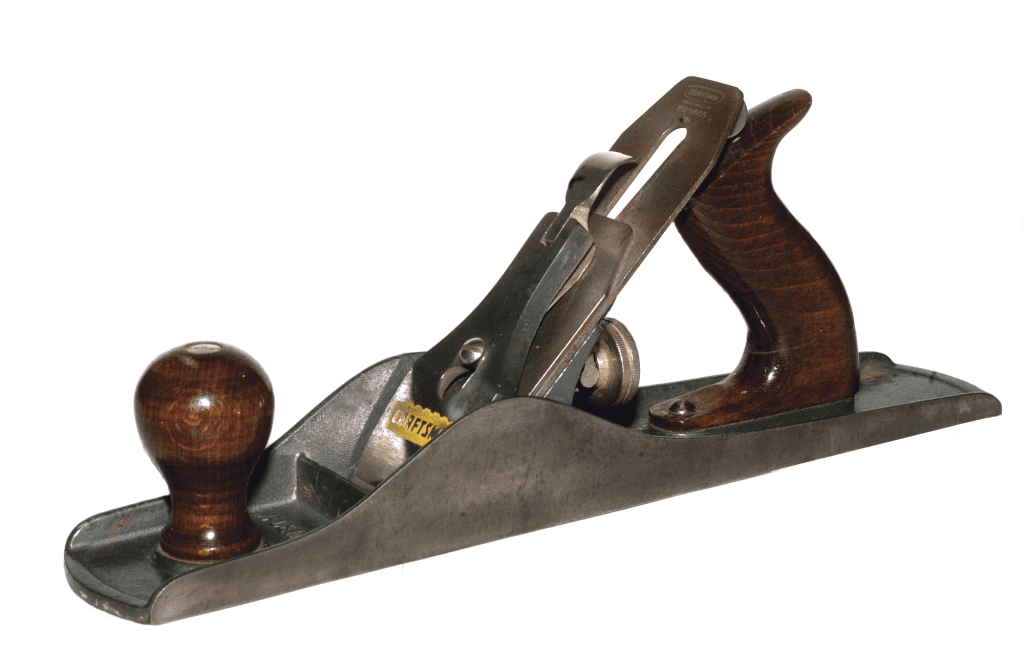
A Brief History: The Wood Plane’s Enduring Legacy
The history of the wood plane stretches back thousands of years. Ancient Egyptian artisans used rudimentary wooden planing tools to shape furniture, and the Romans later refined the design, introducing iron blades and ergonomic handles.
By the Middle Ages, wood planes became standard tools in carpentry, evolving into specialized forms for different tasks. The Industrial Revolution brought mass-produced metal planes, making them more durable and accessible. Yet, despite advancements in power tools, the hand plane remains irreplaceable for fine woodworking, proving that some traditions never lose their value.
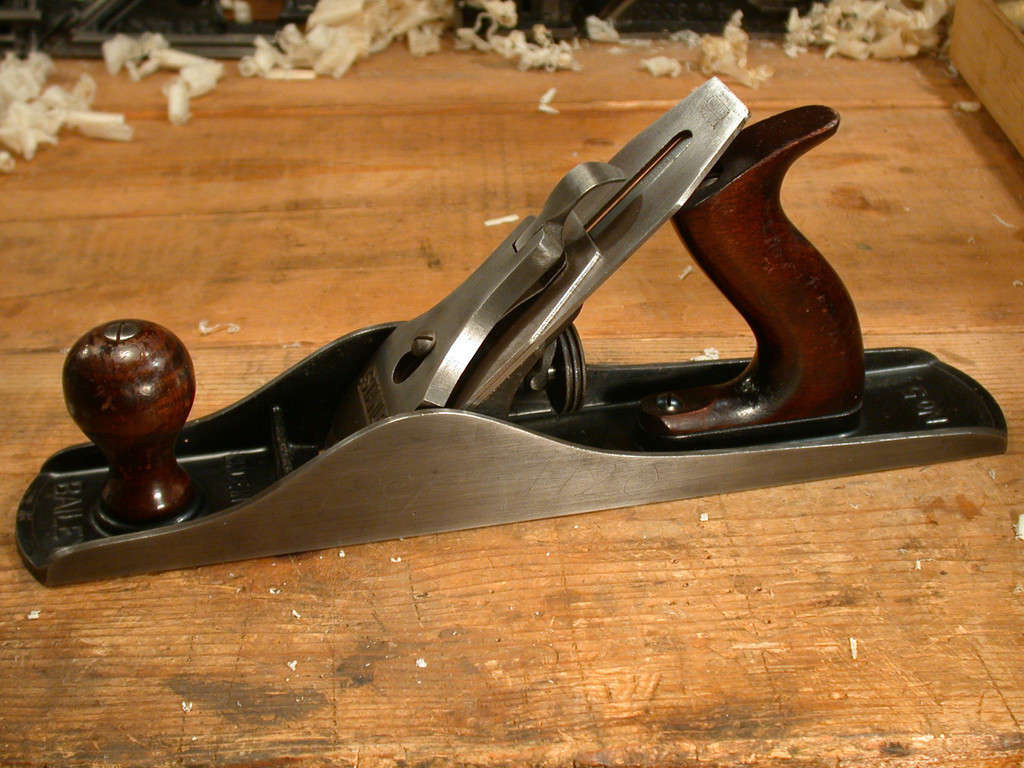
Understanding the Wood Plane: What Makes It Special?
At first glance, a wood plane might seem simple—a blade secured in a wooden or metal body, used to shave off thin layers of wood. But beneath its straightforward design lies a remarkable level of precision and adaptability.
Key Components of a Wood Plane
- Blade (Iron) – The sharp cutting edge responsible for shaving wood.
- Body – Traditionally made from hardwood or cast iron, providing stability.
- Frog – The adjustable piece that holds the blade at the correct angle.
- Mouth – The opening through which the blade makes contact with the wood.
- Handle (Tote & Knob) – Offers grip and control for smooth operation.
Each component plays a vital role in ensuring accuracy, and mastering these parts allows a woodworker to unlock the full potential of this tool.
Video: Every Stanley Bench Plane Explained (Once and for all!)
Types of Wood Planes and Their Uses
Not all wood planes are created equal. Different variations serve specific purposes, allowing woodworkers to achieve precise results based on their projects.
1. Bench Planes: The Workhorses of Woodworking
Bench planes are among the most commonly used and come in various lengths and styles.
- Jack Plane – A versatile all-purpose plane used for rough shaping.
- Smoothing Plane – Designed for final finishing, leaving an ultra-smooth surface.
- Jointer Plane – A long-bodied plane used to straighten and flatten edges.
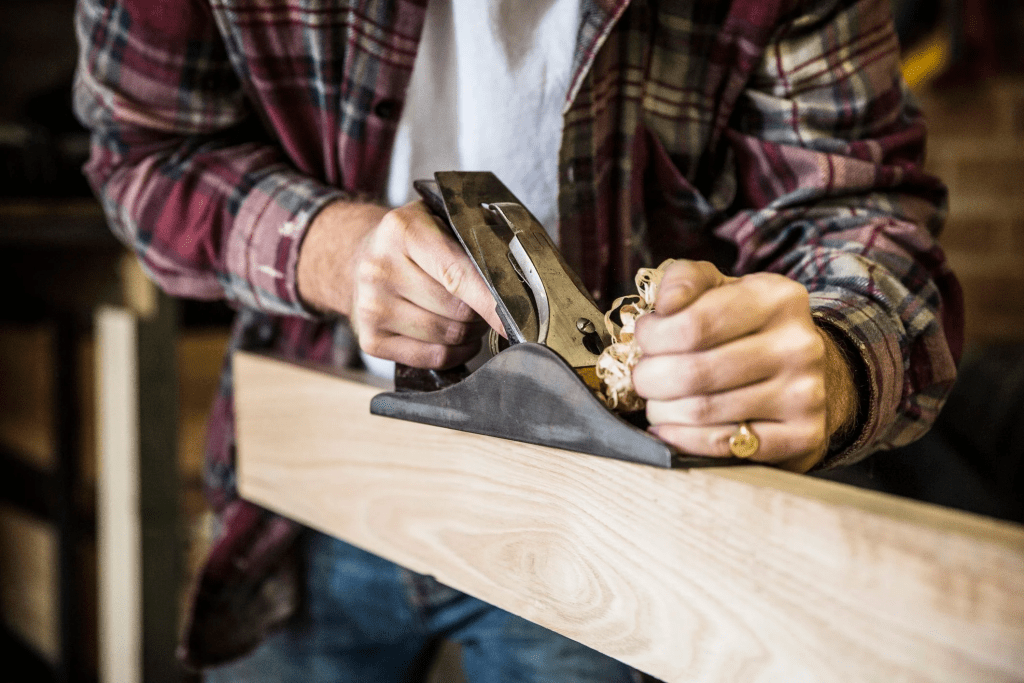
2. Block Planes: Compact and Essential
Block planes are smaller, designed for one-handed use, and excellent for trimming end grain or making quick adjustments. Their low-angle blades make them ideal for working against the grain.
3. Specialty Planes: Precision Tools for Unique Needs
Some woodworking tasks require more than just standard bench or block planes.
- Shoulder Plane – Used for refining joints, ensuring tight fits.
- Router Plane – Ideal for creating uniform depth in grooves and recesses.
- Plow Plane – Designed to cut grooves, perfect for drawer bottoms and panels.
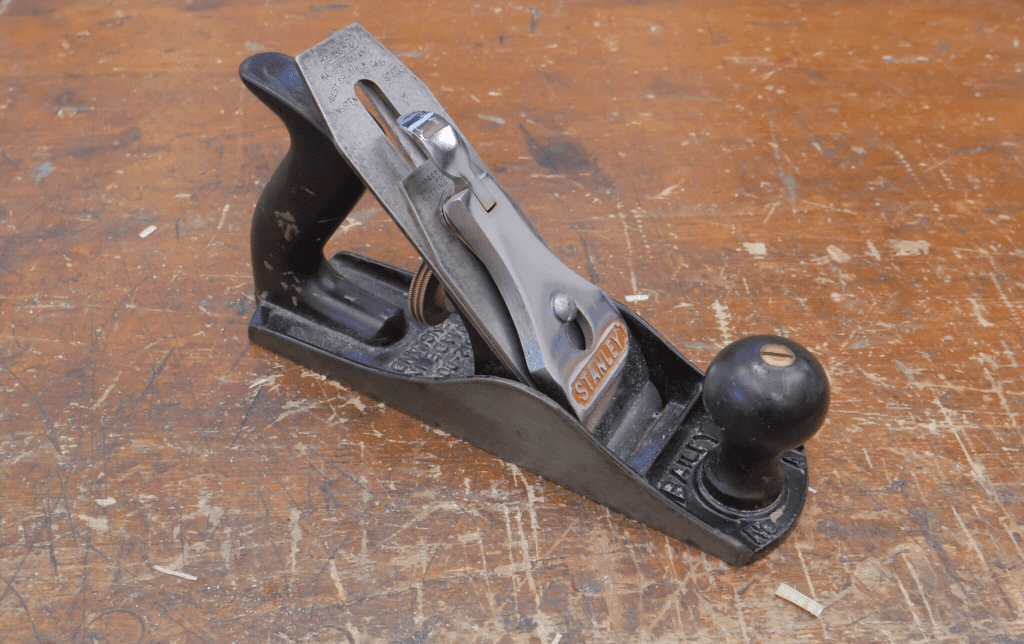
The Art of Planing: Mastering Technique and Precision
Using a wood plane isn’t just about pushing it across a surface—it’s about understanding the wood, feeling the grain, and making precise adjustments. A well-tuned plane glides effortlessly, producing whisper-thin shavings and leaving behind a smooth, polished surface.
Essential Tips for Effective Planing
✔ Read the Grain – Planing with the grain reduces tear-out and ensures a cleaner cut.
✔ Adjust the Blade Properly – Too deep, and it will gouge; too shallow, and it won’t cut efficiently.
✔ Use Steady Pressure – Let the tool do the work without forcing it.
✔ Sharpen Regularly – A dull blade leads to frustration and rough finishes.
Perfecting these techniques takes time, but once mastered, using a wood plane becomes second nature—almost meditative.
Video: Wood movement is unfortunately very real.
Why Hand Planes Still Matter in the Age of Power Tools
With the rise of electric planers and sanders, one might wonder if traditional hand planes are still relevant. The answer? Absolutely.
Hand planes offer a level of precision that power tools can’t always match. They allow for controlled, subtle refinements and leave a cleaner surface without the need for excessive sanding. Plus, they’re quiet, require no electricity, and connect the woodworker directly to the material, creating a deeper appreciation for the craft.
For fine furniture makers, luthiers, and restoration experts, hand planes remain indispensable. They’re not just tools—they’re an essential part of woodworking tradition.
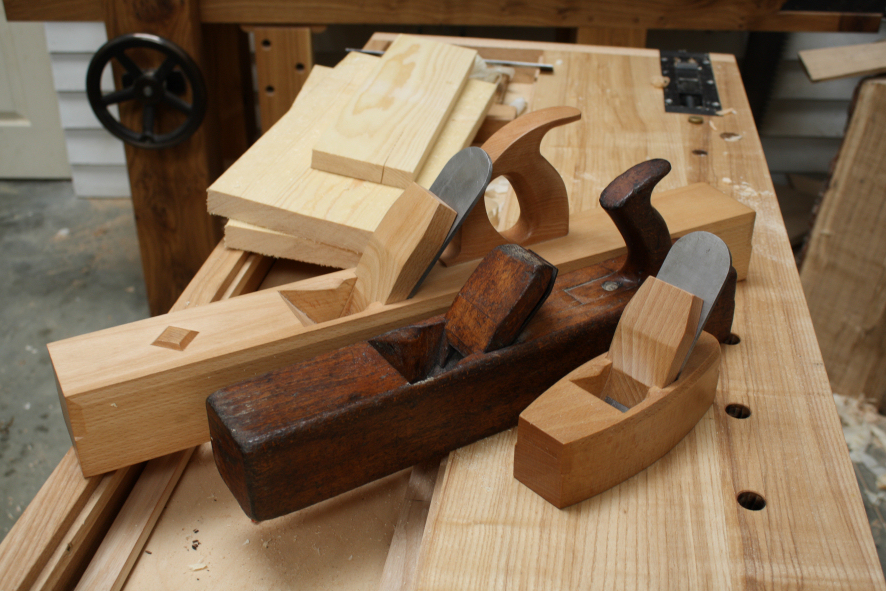
Caring for Your Wood Plane: Maintenance Tips for Longevity
A well-maintained wood plane can last generations, making it an investment worth preserving. Here’s how to keep yours in peak condition:
- Sharpen the Blade Regularly – A razor-sharp edge ensures smooth cuts.
- Keep the Sole Flat – Check for warping and flatten if necessary.
- Oil Metal Parts – Prevents rust and keeps the mechanism smooth.
- Store Properly – Avoid extreme humidity and protect the blade when not in use.
With proper care, a quality wood plane becomes more than just a tool—it becomes a legacy passed down through generations.
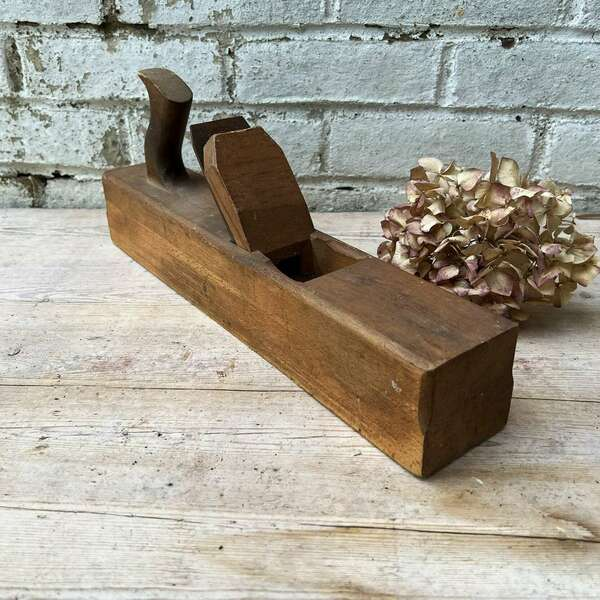
The Wood Plane: A Symbol of Craftsmanship That Stands the Test of Time
In an age where automation and power tools dominate, the humble wood plane continues to hold its ground. It represents patience, skill, and an unbreakable connection between the craftsman and the material. Whether you’re shaping a fine furniture piece, restoring a vintage workbench, or simply enjoying the satisfying sound of shavings curling away, the wood plane remains a timeless symbol of true craftsmanship.
For those who understand its value, it’s not just a tool—it’s a tradition, an art, and a lifelong companion in the pursuit of perfection.